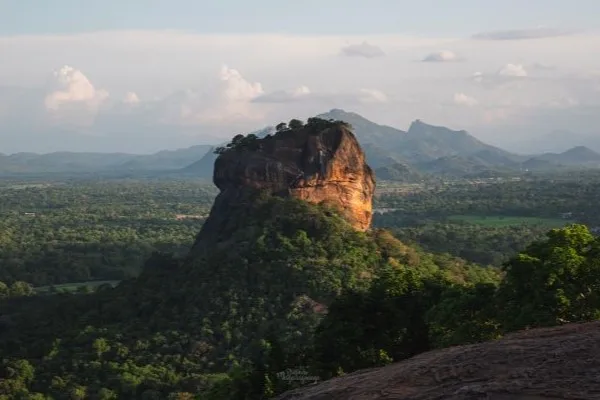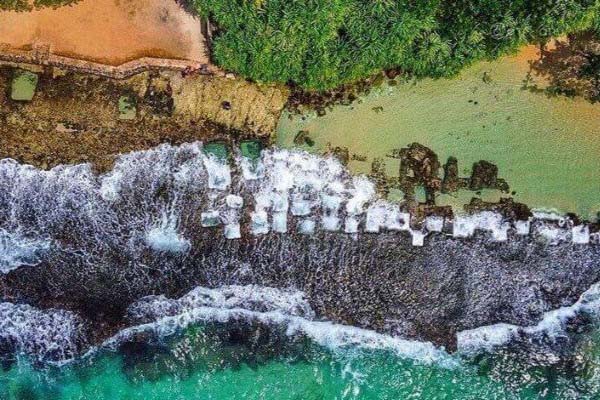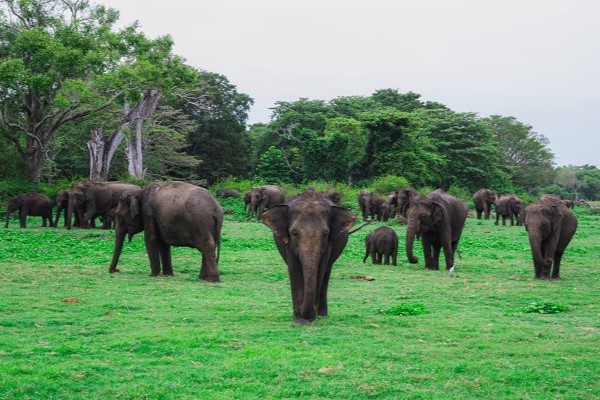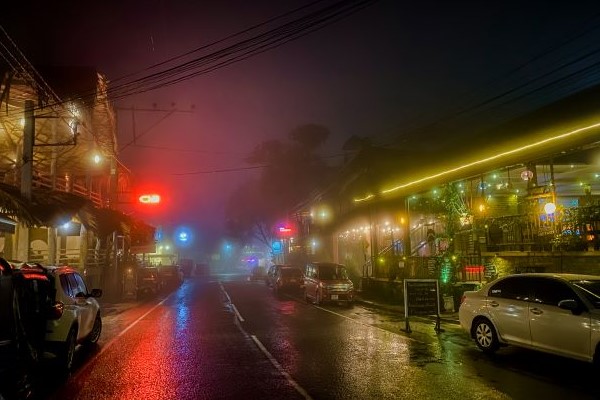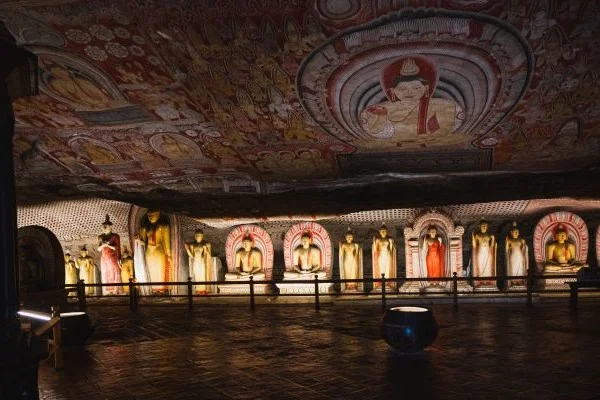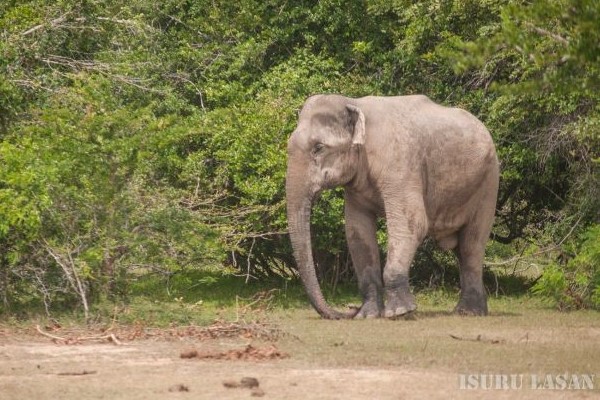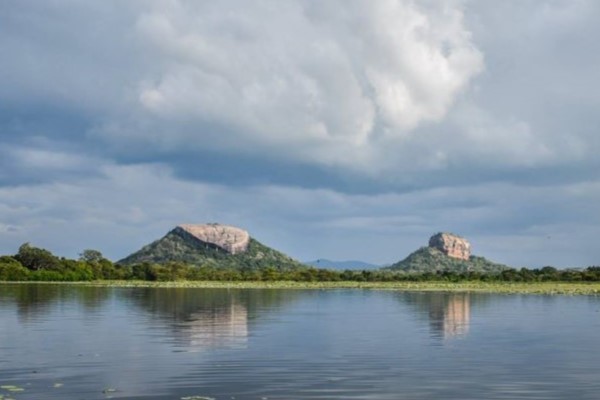Best National Parks to See Elephants in Sri Lanka
Sri Lanka is a paradise for wildlife lovers, and one of its greatest natural treasures is the Asian elephant. These gentle giants are found in abundance across the island, particularly in national parks and forest reserves. With over 7,000 elephants living in the wild, Sri Lanka is one of the best destinations in Asia to witness elephants in their natural environment. Here’s a detailed look at the top national parks in Sri Lanka where elephant sightings are not only possible but often guaranteed.
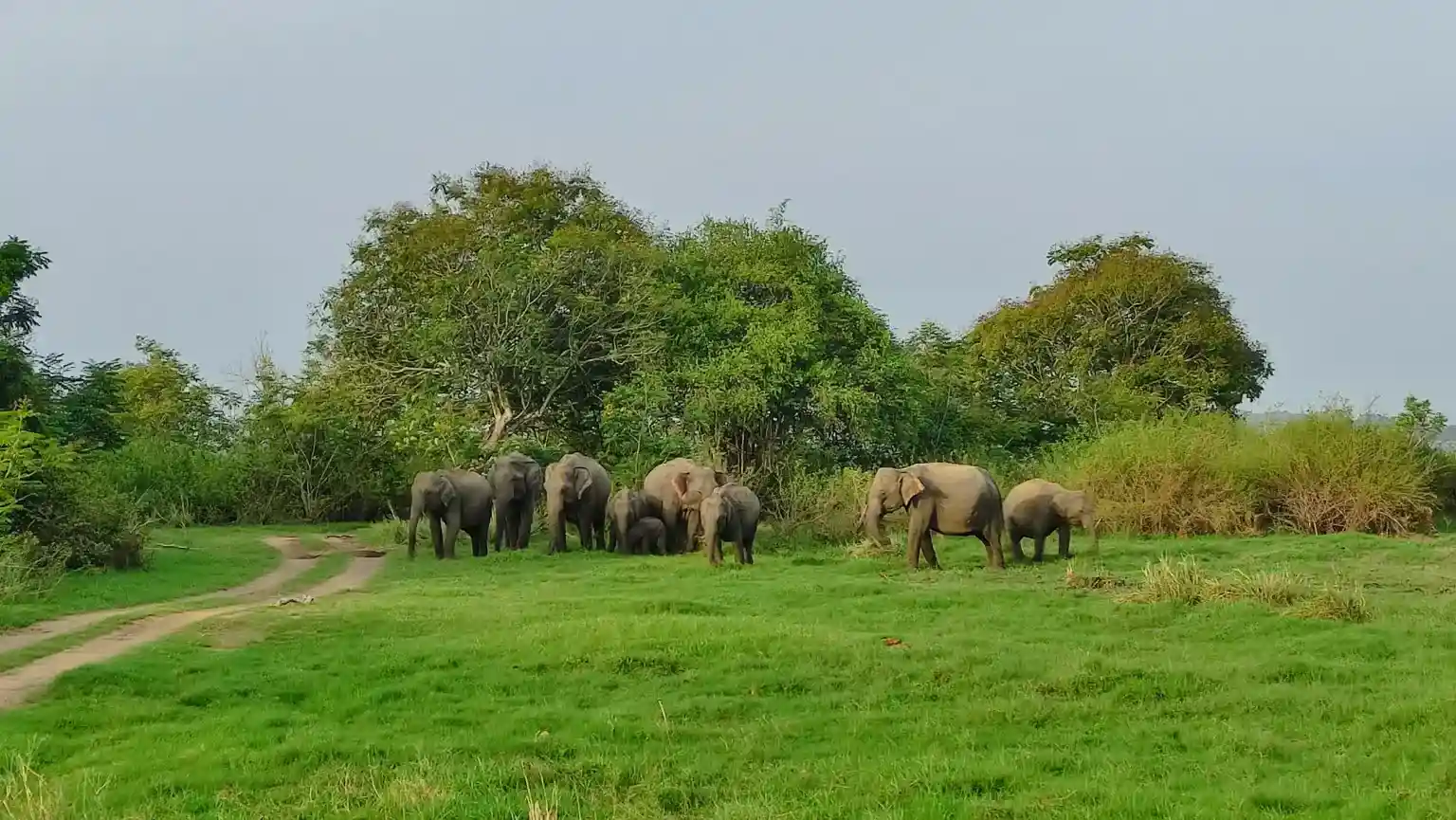
1. Udawalawe National Park – The Ultimate Elephant Experience
Udawalawe National Park is perhaps the most reliable place in Sri Lanka to see elephants. It was established primarily to provide a sanctuary for the wild animals displaced by the construction of the Udawalawe Reservoir. Today, the park is home to over 500 elephants, and sightings are almost guaranteed on every safari. The landscape is open and grassy, making it easier to spot wildlife. You’ll often see elephants bathing, feeding on tall grasses, or playfully interacting within family groups.
In addition to wild safaris, Udawalawe is also home to the Elephant Transit Home, where orphaned baby elephants are rehabilitated before being released back into the wild. It’s a great place to learn more about conservation efforts in Sri Lanka.
2. Minneriya National Park – Home of "The Gathering"
Minneriya National Park is globally famous for a phenomenon known as “The Gathering.” During the dry season, hundreds of elephants migrate from surrounding forests to the banks of the Minneriya Tank (a large ancient reservoir), creating the largest annual gathering of Asian elephants anywhere in the world. It’s a breathtaking sight to see entire herds—sometimes as many as 300 elephants—coexisting peacefully near the water.
Visitors during this time are treated to scenes of elephants swimming, feeding, and nurturing their young, all set against the backdrop of Sri Lanka’s rich flora and fauna. The Gathering is considered one of the world’s greatest wildlife spectacles and a must-see for any nature lover.
3. Kaudulla National Park – A Quiet Elephant Paradise
Kaudulla is part of the same elephant corridor that includes Minneriya, and it offers a similar but quieter experience. When water levels at Minneriya drop, elephants often migrate to Kaudulla in search of food and water. This migration offers another excellent opportunity for visitors to witness large groups of elephants in a peaceful and less crowded setting.
The park features a mix of dry evergreen forests, grasslands, and wetlands, providing a rich habitat not just for elephants but also for deer, wild boar, and many species of birds. Kaudulla is ideal for travelers looking for a more serene safari experience while still enjoying spectacular elephant sightings.
4. Wasgamuwa National Park – Untouched and Wild
Wasgamuwa National Park is less commercialized than other parks, which makes it perfect for those looking to explore the wild side of Sri Lanka without large tourist crowds. The park is home to around 150 elephants and is known for its diverse wildlife and dense forests.
Visitors often enjoy peaceful encounters with elephant herds roaming through the forest or grazing near the riverbanks. Wasgamuwa is also rich in birdlife, with over 140 species recorded. If you enjoy off-the-beaten-track experiences and deep natural settings, Wasgamuwa offers a truly authentic wildlife adventure.
5. Wilpattu National Park – Where Giants Roam in Silence
Wilpattu is Sri Lanka’s largest and one of the oldest national parks. Although it’s more famous for its leopards, elephants also roam its vast landscapes. The park is unique for its natural lakes, or "villus," which are ideal watering holes for wildlife, including elephants.
Safari-goers to Wilpattu may not see large herds as in other parks, but the tranquil setting and the possibility of seeing elephants, sloth bears, leopards, and exotic birds in one safari make it a rewarding experience. The remote and less-trodden nature of Wilpattu ensures a peaceful and immersive safari.
6. Yala National Park (Block I & II) – Diverse Wildlife Encounters
Yala is perhaps the most popular national park in Sri Lanka and boasts the highest leopard density in the world. While leopards steal the spotlight, Yala is also home to a healthy population of elephants. Visitors often spot lone tuskers or small elephant groups, especially during the dry season.
The park offers a variety of ecosystems, from dense forests to coastal lagoons, which support a wide range of wildlife. Combining a visit to Yala with the chance to see both elephants and leopards makes for an unforgettable safari experience.
7. Gal Oya National Park – Swim with the Giants
Gal Oya is one of Sri Lanka’s best-kept secrets. Unlike other parks, Gal Oya offers boat safaris, allowing visitors to see elephants swimming between the islands of the vast Senanayake Samudraya reservoir. This rare and magical sight sets Gal Oya apart from every other park on the island.
The park is home to around 150 elephants, as well as leopards, crocodiles, and over 200 species of birds. The boat safaris also provide access to otherwise unreachable parts of the park, giving you a unique perspective of Sri Lanka’s wilderness.
8. Hurulu Eco Park – A Serene Elephant Haven
Hurulu Eco Park is an off-the-beaten-path gem, perfect for those seeking a more tranquil wildlife experience. The park is part of a vital wildlife corridor connecting Minneriya and Kaudulla National Parks, making it a frequent pathway for elephants. While the park is less crowded compared to others, it offers incredible elephant sightings, especially during the dry season when herds gather around water sources.
In addition to elephants, Hurulu is home to a variety of wildlife, including sambar deer and wild boar. The park's combination of forested areas and open grasslands creates a perfect habitat for these majestic creatures.
9. Bundala National Park – Coastal Wildlife and Elephant Sightings
Bundala is a unique park known for its coastal wetlands and birdlife, but it also offers excellent opportunities to spot elephants. During the dry season, elephants can be seen wandering the park’s scrublands and visiting its waterholes. The park’s wetlands attract large herds of elephants, providing stunning backdrops of serene lakes and open grasslands.
A UNESCO Biosphere Reserve, Bundala is also home to migratory birds, making it a dual-purpose destination for wildlife enthusiasts. While elephants are the primary attraction, Bundala’s diverse ecosystems and tranquil environment make it an ideal spot for a peaceful safari.
10. Kumana National Park – Elephants Amidst Coastal Beauty
Kumana National Park, also known as Yala East, is famous for its birdlife and diverse ecosystems, but it also offers opportunities for elephant sightings. The park’s coastal wetlands and dry forests make it a prime habitat for elephants, especially during the dry months when they migrate to water sources.
The park’s scenic landscapes, with sprawling wetlands and forested areas, provide the perfect setting for elephant safaris. Kumana is less crowded than other parks, offering a more serene experience for visitors looking to spot elephants in their natural habitat.
11. Maduru Oya National Park – Elephant Safaris in a Secluded Paradise
Maduru Oya National Park is an untapped gem for elephant lovers. The park is home to large herds of elephants that frequent its reservoirs and tanks, especially during the dry season. The park is less crowded than more popular destinations like Yala, making it an ideal location for those seeking a more peaceful safari experience.
Maduru Oya’s unique combination of forested areas, open grasslands, and tranquil water bodies makes it a great place for observing elephants and other wildlife. It offers an authentic and less commercialized experience for those wanting to explore Sri Lanka’s wildlife in peace.
Final Thoughts
Sri Lanka’s national parks are rich, diverse, and bursting with opportunities to see elephants in the wild. Whether you’re visiting Udawalawe for close-up views, witnessing the world-famous Gathering in Minneriya, or taking a tranquil boat safari in Gal Oya, the island’s elephant experiences are unmatched in Asia.
These parks not only protect wildlife but also give travelers a deep and respectful insight into nature. So pack your binoculars and camera, and get ready for an unforgettable journey into the heart of Sri Lanka’s wild beauty.
Need help planning your safari or booking a tour? We're here to help you craft the perfect wildlife adventure!
